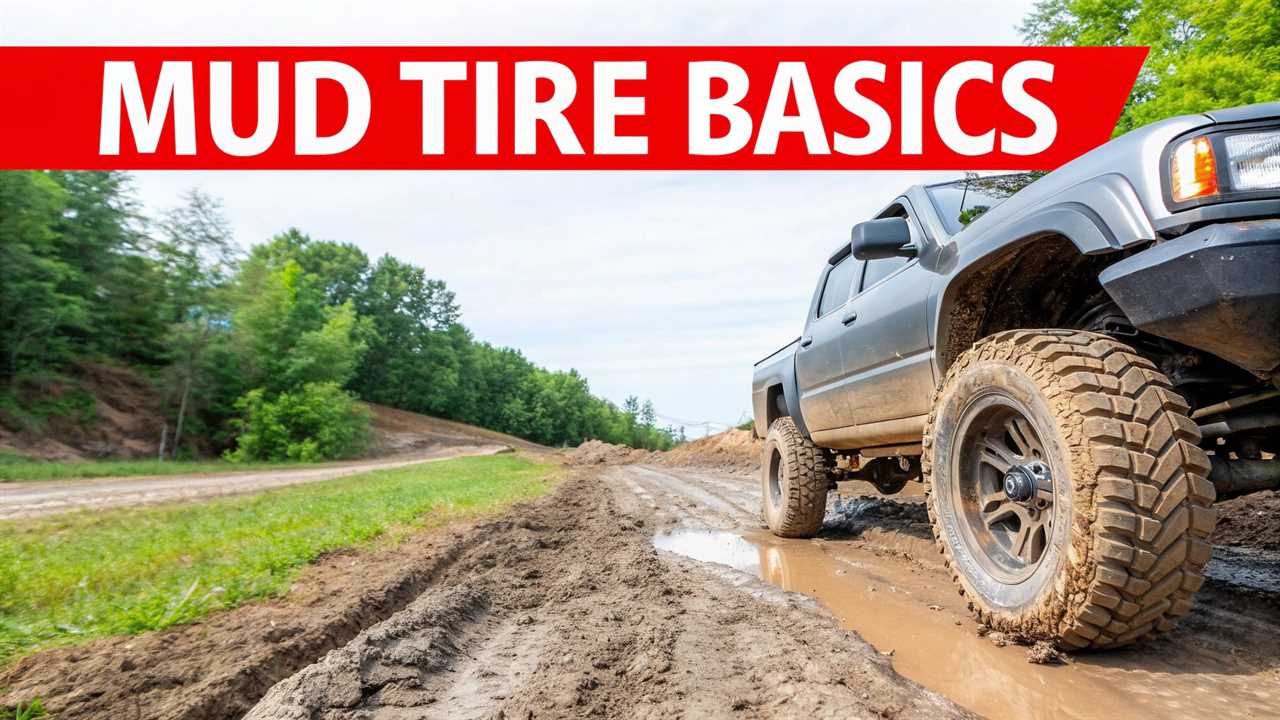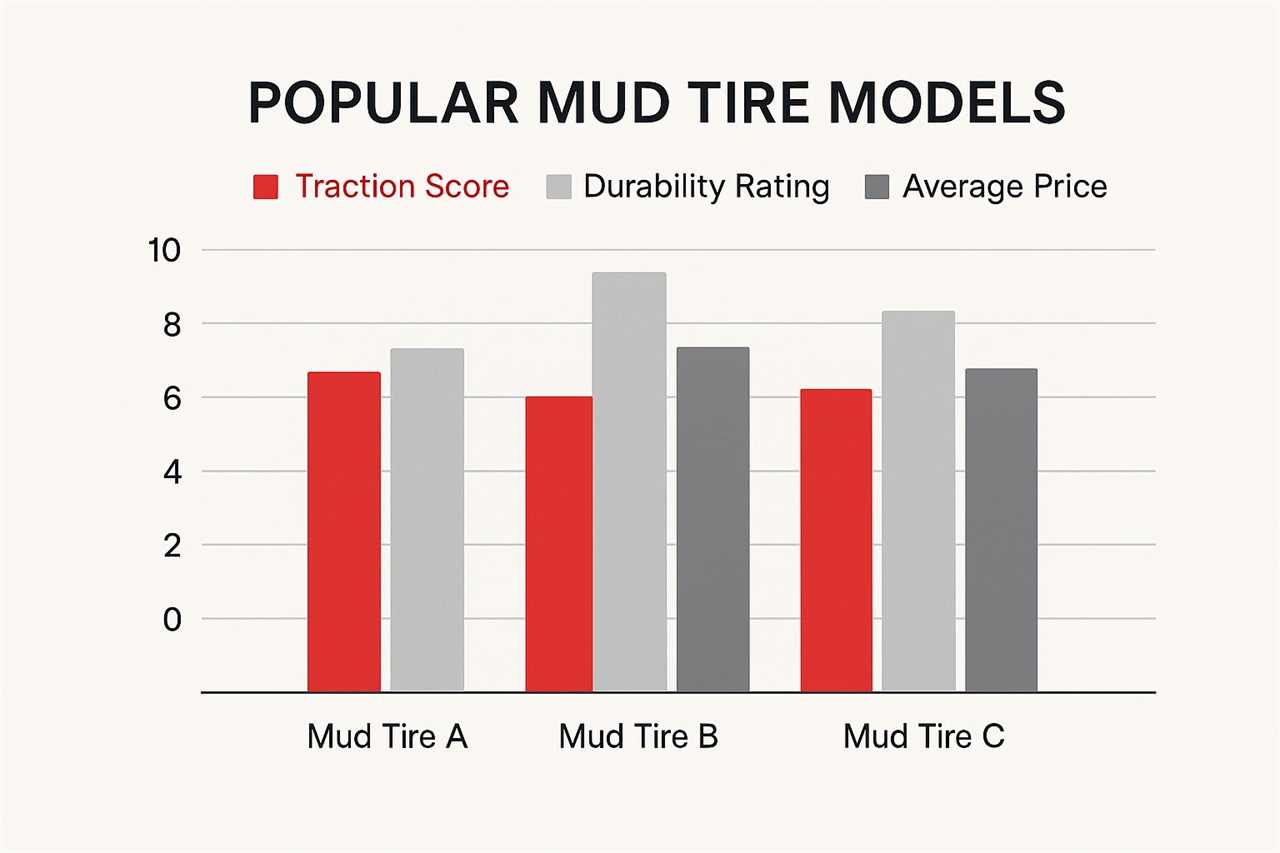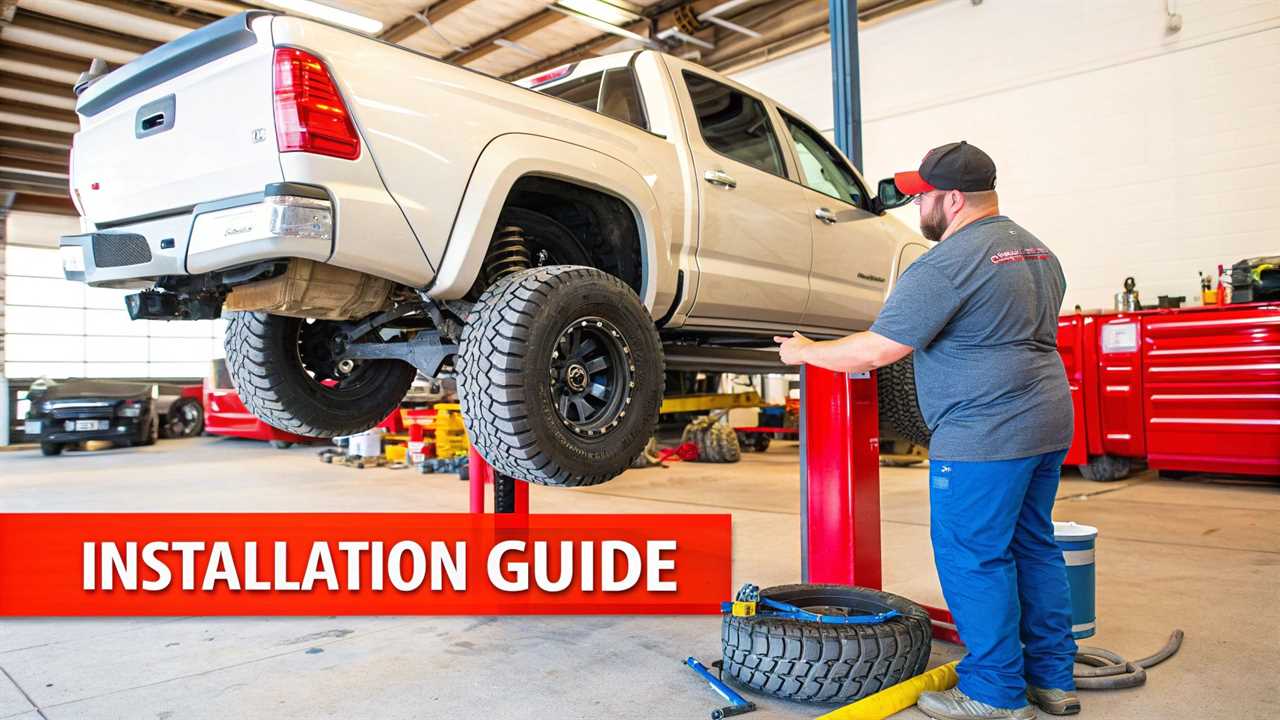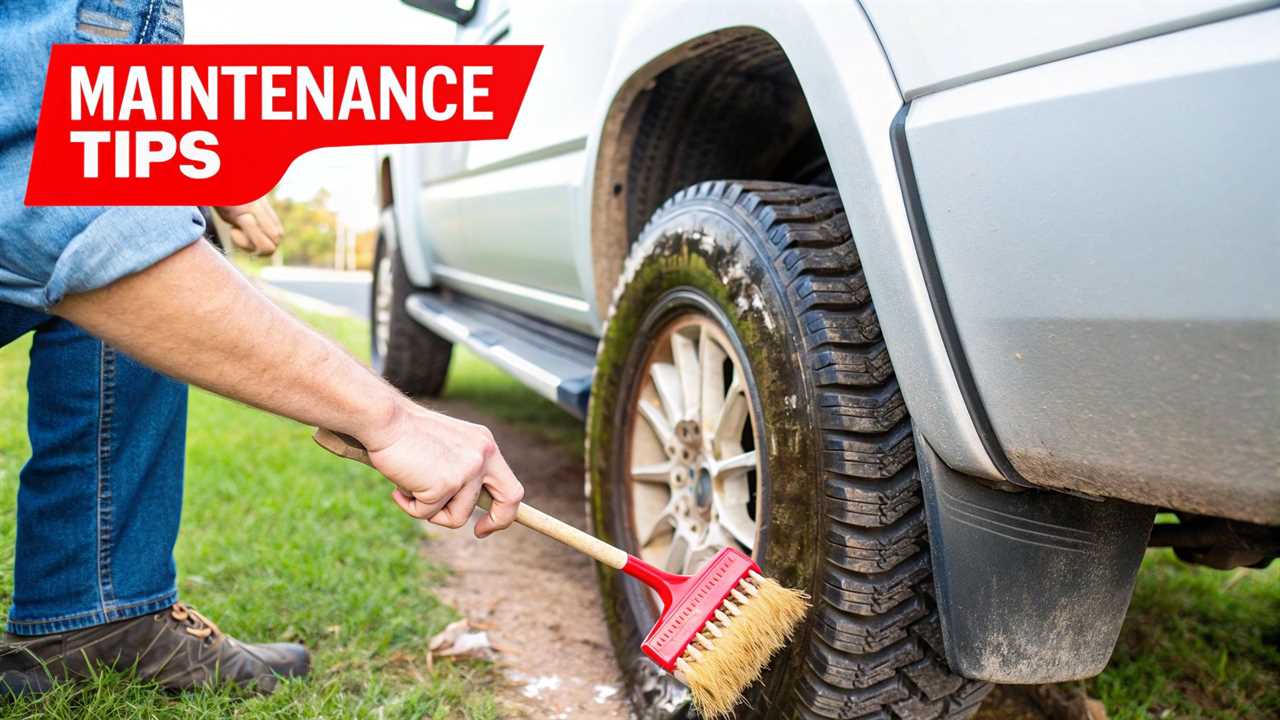Choosing the right mud tires for your truck is a huge step in creating a true off-road beast. These tires feature aggressive tread patterns and reinforced sidewalls. They are built to claw through the toughest terrain you can find.
These specialized tires give you the raw grip and durability to tackle deep mud and jagged trails.
Why Quality Mud Tires Are a Smart Investment

Upgrading to a dedicated mud-terrain (M/T) tire is a significant move for any serious off-roader. M/T models are engineered from the ground up for extreme conditions. Their huge, deep tread blocks act like paddles, digging hard into soft surfaces.
The massive voids between those tread blocks are just as important. This design allows the tire to “self-clean” by flinging out mud and rocks as it spins. This action prevents the tread from packing solid and losing traction when you need it most.
Key Advantages Over Standard Tires
Investing in a proper set of mud tires for your truck means buying pure performance. The benefits for serious off-roading are crystal clear.
- Superior Traction: Aggressive tread patterns deliver an insane amount of grip in mud, sand, and loose dirt.
- Enhanced Durability: Reinforced sidewalls and tough rubber compounds shrug off punctures from trail hazards.
- Improved Off-Road Control: Extra grip translates to more precise steering and confident handling on unpredictable surfaces.
The passion for off-roading is growing, and so is the demand for these tires. The global mud terrain tire market was valued at $3.1 billion and is projected to hit $4.5 billion by 2033. This growth shows how essential these tires are for truck owners worldwide.
How We Size Up Mud-Terrain Tires
Not all mud-terrain tires are created equal. Figuring out the best ones for your truck requires a consistent way to judge them. We analyze every tire across key performance areas to get past marketing hype.
Our process starts with the most critical part: the tread design. We look at the size and spacing of tread blocks and the width of the voids between them. An ideal design has huge blocks and wide channels to sling mud effectively.
The Core Performance Guts
Being good in mud is only part of the story. A tire must perform well in other situations, too. We dig into specific, real-world attributes to see how they hold up.
- Sidewall Strength: A punctured sidewall can end a trip quickly. We check the reinforcement, ply count, and rubber compound to gauge its resistance to cuts.
- Rubber Compound and Durability: The rubber mix dictates grip, wear, and resistance to chunking on trails. We look for compounds that balance off-road toughness with decent tread life.
- On-Road Manners: Most trucks still see highway miles. We consider road noise and wet-road handling for real-world practicality.
Putting these pieces together provides a full picture of a tire’s performance. This allows us to recommend tires based on how they will fit into your life. It applies whether you’re a weekend warrior or use your truck for daily work.
Comparing the Top Mud Tire Models
When exploring mud tires, a few names always stand out. These tires have earned their reputations on the trail, not just in marketing. Models like the BFGoodrich Mud-Terrain T/A KM3 and the Toyo Open Country M/T are benchmarks in this category.
Each top-tier tire offers a unique set of skills. The BFG KM3 is legendary for rock-crawling due to its “Krawl-TEK” compound and tough sidewalls. The Toyo Open Country M/T is often praised as a well-rounded performer with good road manners.
Performance and Trade-Offs
Picking the right model means understanding these trade-offs. For example, the General Grabber X3 offers incredible grip in sloppy mud. However, its aggressive tread can generate significant road noise.
The core decision is whether you prioritize extreme off-road capability or need a tire that handles highways well. There’s no single “best” tire for everyone. The best tire is the one that fits your truck and your adventures.
The chart below helps visualize how different models balance key metrics. It shows how they stack up against each other on traction, durability, and cost.

As you can see, a clear pattern emerges. Tires with the highest scores for traction and durability almost always come with a higher price. This shows the classic trade-off between top-tier performance and budget-friendly options.
Mud Tire Performance Feature Matrix
This table compares key performance characteristics for leading mud tire models. It helps you quickly assess their strengths across different terrains.
| Tire Model |
Primary Use Case |
Tread Aggressiveness (1-5) |
Sidewall Durability (1-5) |
On-Road Noise Level (Low/Med/High) |
| BFGoodrich T/A KM3 |
Rock Crawling & Mixed Off-Road |
4.5 |
5.0 |
High |
| Toyo Open Country M/T |
All-Around Off-Road & Towing |
4.0 |
4.5 |
Medium |
| Nitto Trail Grappler M/T |
Daily Driving & Weekend Trails |
3.5 |
4.0 |
Medium |
| General Grabber X3 |
Extreme Mud & Loose Terrain |
5.0 |
4.0 |
High |
| Cooper Discoverer STT Pro |
Serious Mud & Heavy Loads |
4.5 |
4.5 |
High |
Ultimately, a ratings chart is a great starting point. It helps narrow the field based on what you value most. This could be quiet highway driving, indestructible sidewalls, or pure mud-flinging power.
Matching Tires to Your Truck’s Use Case

There is no single “best” mud tire for every truck. The perfect tire for you depends on how you use your rig. It’s a mix of your daily commute, your favorite trails, and your tolerance for road noise.
This isn’t surprising, given the size of the truck and off-road market. Light trucks are projected to make up nearly 80% of new vehicle sales by 2027. This means the demand for specialized tires built for specific jobs will only grow stronger.
By aligning a tire’s features with how you drive, you can choose with confidence.
For the Weekend Warrior
Is your truck a daily driver during the week and a trail machine on weekends? If so, you need a balanced tire. You need a tread aggressive enough for mud but with acceptable on-road manners.
A good hybrid-terrain tire or a less aggressive mud-terrain model makes sense here.
For the Dedicated Off-Roader
If you live for the gnarliest trails, compromise is not an option. Your priorities should be maximum grip and unbeatable sidewall strength. You need to trust your tires to withstand sharp rocks.
The most aggressive tread patterns and beefy, multi-ply sidewalls are your best friend. This is true even if they are very loud on the highway.
Key Insight: Be honest with yourself about your driving habits. Choosing a tire for the 5% of time you’re in extreme mud is a mistake if you spend the other 95% on pavement. This leads to a loud, rough, and frustrating ride.
The truck itself also plays a huge role. Seeing the most popular 4×4 vehicles in America can be helpful. Pairing the right tire to a proven platform ensures a combination tested by thousands of owners.
Installation and Maintenance Tips for Mud Tires

Getting new mud tires on your truck is a great feeling, but it’s just the beginning. To get the most from your investment, proper installation and consistent upkeep are crucial.
Due to their size and weight, you should always have mud tires professionally mounted and balanced. This prevents highway vibrations and ensures even wear from the start.
Taking care of your tires also protects your truck’s suspension, which is stressed by heavier rubber. If you’re upsizing your tires, you may need a suspension lift. Our guide on how to install a lift kit might be useful.
Maximizing Lifespan and Performance
Routine maintenance goes a long way in extending tire life. Following a simple checklist can be the difference between a long-lasting set and a premature replacement.
- Tire Rotations: This is critical for even tread wear. Rotate your tires every 3,000 to 5,000 miles.
- Pressure Checks: Air down for better grip on the trail. Always air back up to the recommended pressure for pavement.
- Regular Inspections: After every off-road trip, check your tires for cuts, punctures, or embedded rocks.
The market for off-road truck tires is massive, with over 100 million units sold globally in recent years. Good maintenance habits are key to making sure your set lasts.
Common Questions About Mud Tires for Trucks
Diving into the world of off-road gear always brings up questions. Let’s tackle some common ones about mud-terrain tires. Getting these answers straight will help you choose with confidence.
Can I Use Mud Tires for Daily Driving?
Yes, you can, but there are real-world trade-offs. Mud tires are loud on the highway and wear much faster on pavement. Their wet-road grip is also not as good as an all-terrain or highway tire.
For those hitting the trails every weekend, these compromises are a small price for off-road performance. If you have a long daily commute, the constant noise and fast wear might become an issue.
How Do I Choose the Right Size Tire?
Getting the tire size right is critical for performance and safety. The size you can run depends on your truck’s setup, especially its suspension lift.
Bigger tires offer more ground clearance but can rub on fenders or suspension parts. Always check your truck’s specs and consult a professional installer for a clean fit.
The core difference between a mud-terrain (M/T) and an all-terrain (A/T) tire is its specialized design. M/T tires feature massive tread blocks and wide voids to dig into soft surfaces, while A/T tires use a tighter pattern for better on-road balance.
What Is the Difference Between Mud and All-Terrain Tires?
The main difference lies in their tread patterns and intended purpose. Mud-terrain tires are specialists, engineered with huge tread blocks and wide voids to self-clean and grip in mud.
All-terrain tires are generalists that balance on-road manners with moderate trail capability. If you mostly drive on pavement but want to explore light trails, an A/T is likely your best bet. For more options, check our list of the 12 best sources for mud tires for trucks in 2025.
https://offroading.com/best-mud-tires-trucks/?utm_source=rss&utm_medium=rss&utm_campaign=best-mud-tires-trucks
 Backyard GrillingWeekend WarriorsAdvice from DadBeard GroomingTV Shows for Guys4x4 Off-Road CarsMens FashionSports NewsAncient Archeology World NewsPrivacy PolicyTerms And Conditions
Backyard GrillingWeekend WarriorsAdvice from DadBeard GroomingTV Shows for Guys4x4 Off-Road CarsMens FashionSports NewsAncient Archeology World NewsPrivacy PolicyTerms And Conditions
